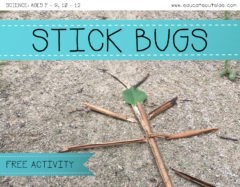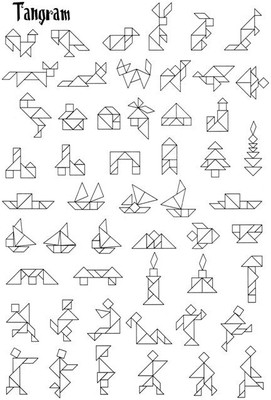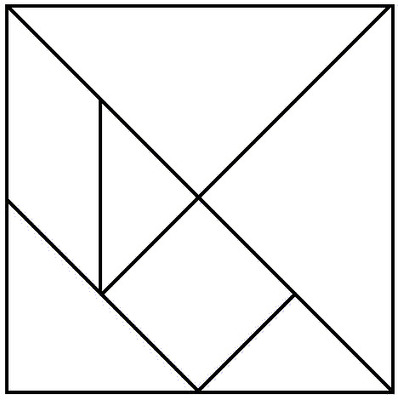School subject/ extracurricular activity: MATHEMATICS - EXTRACURRICULAR ACTIVITY
Author: Lupu Alina, ”Constantin Parfene” School, Vaslui, Romania
TOPIC: We play and learn math!
CLASS LEVEL: 10-12 years
SHORT DESCRIPTION: The activity can be carried out in the school yard or in the park and is suitable for the last days of school or for the summer school.
TIME: 1-2 hours
LEARNING OBJECTIVES:
- Actively participate in a recreational, fun activity in which they meet and apply notions of mathematics.
- Become aware that mathematics can be applied in many areas of activity.
- Carry out activities to develop teamwork skills and group cohesion.
PROCESS:
1. Organizing the group.
The children sit in a circle and say at a time one letter of the word "math". Those with the same letter form a team.
2. With Mathematics at Romanian…
Students can be organized in teams or the answers are given individually.
1. How many letters does the word mathematics have?
2. How many different letters does the word mathematics have?
3. How many syllables does the word mathematics have?
4. How many vowels does the word mathematics have?
5. How many consonants does the word mathematics have?
6. Make up words or a sentence that use only letters from the word "mathematics".
3. Jokes about mathematics - role play
The teacher distributes a joke about math and school to each team, and they have to stage it. Each team is placed in various areas, places in the park or the school yard away from the other teams, to prepare the role play, for 10 minutes. Then they get together and present the little play prepared.
4. TANGRAM - a Chinese game known for more than 2000 years.
The 7 geometric figures, called tanos (a square, a parallelogram and five right triangles with two equal sides), must be placed all and only them, side by side, without overlapping. Countless figures are obtained (geometric and artistic).
The coordinator prepares the tangram pieces or they can be cut by the students. They have to prepare a figurine, if a contest of speed and mastery in tangram is initiated, in which the fastest team wins. Workshops can also be organized in which students can make a figurine of their choice.
5. Mathematical flower garden
Each group delimits a square by measuring in steps, with the help of a string or with instruments, the length of each side and drawing with chalk, the border of the garden.
The children in each team draw one or more flowers, with numbered petals, as shown in the figure below. The flower is completed starting from the center, then the petals, using a certain operation according to their age age, addition, subtraction, multiplication, division, rise to power.
There are many insects in the garden. Students will make from sticks, stones, leaves, etc. insects that respect the condition of having symmetry. This creates a certain mathematical ecosystem. The group activities will be organized as follows: while some students measure and draw the border, others look for materials to make the symmetrical insects.
At the end of these activities the students are congratulated and rewarded with diplomas and sweets.
PROOFS
Photos:



